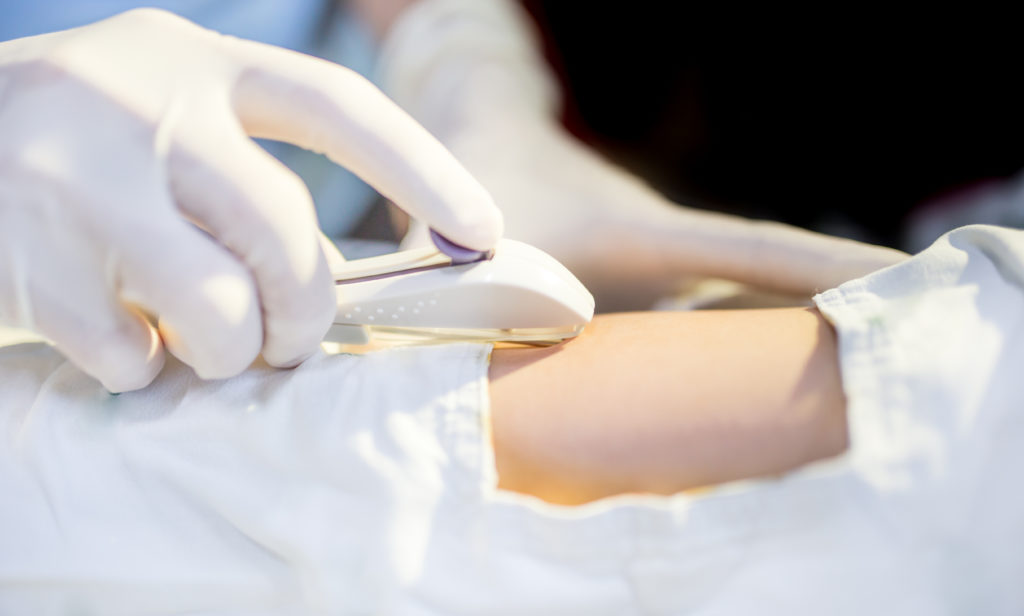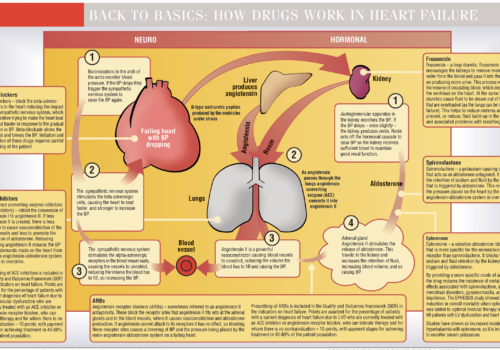The contraceptive implant provides longlasting and reversible contraception with a single, flexible rod containing 68 mg of etonogestrel that is inserted under the skin of the upper arm. First launched in the UK in 1999, the implant acts by inhibiting ovulation for up to three years.1 In 2005, the National Institute for Health and Clinical Excellence (NICE) recommended the contraceptive implant in its guidance on use of long-acting reversible contraception (LARC) to reduce the number of unintended pregnancies.
























